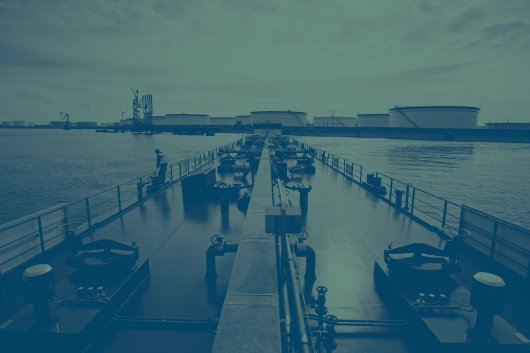Study highlights H2S limit concerns
ISO 8217 specification 'not a good safeguard' against encountering H2S close to where the fuel is stored.
A DNV Petroleum Services (DNVPS) field study on hydrogen sulphide (H2S) measurements in marine fuel has reiterated concerns about the reliability of the ISO 8217: 2010 maximum 2 mg/kg H2S limit as a safety net for ship personnel.
According to the International Safety Guide for Oil Tankers and Terminals (ISGOTT), H2S content in liquid could produce an equivalent atmospheric concentration in the ratio of 1 (by weight) to 100 (by volume). This implies 2mg/kg H2S liquid content in bunkers could lead to a 200 ppm H2S vapour concentration. ISGOTT further recommends safety precautions to be taken if the H2S exposure in the working environment reaches 5 ppm by volume.
The DNVPS study, which has received support from the Maritime and Port Authority of Singapore and INTERTANKO, compared the liquid levels of H2S in heavy fuel oil stored in bunker barge tanks against the H2S gaseous levels in the tank atmosphere.
In total, 75 fuel samples representing 25 bunkerings were drawn from the barge tanks and receiving vessel manifolds in Singapore. These samples were tested for H2S liquid levels using the Seta Analytics H2S Analyser and the IP 570 test method referenced in ISO 8217: 2010.
The results were then matched against H2S gaseous readings from the tank headspace, taken from just above the oil surface. All 75 fuel samples contained H2S – averaging 0.94mg/kg – with the tested lowest level at 0.3mg/kg and the highest at 4mg/kg.
In three bunkerings (12% of the total 25 bunkerings), the tested fuel samples exceeded the 2mg/kg limit stated in ISO 8217: 2010; out of which two bunkerings yielded samples corresponding to over 5 ppm gaseous H2S levels detected above the fuel in the bunker tanks. More importantly, in two bunkerings (8% of the 25 bunkerings) where the samples had less than 2mg/kg liquid H2S, the corresponding gaseous H2S levels above the fuel exceeded 5 ppm.
The DNVPS field study also confirmed earlier industry findings that the H2S-releasing tendencies of heavy fuel oil were not dependent on the liquid H2S concentration in the fuel alone. As a case in point, measurements taken during the study showed fuel samples with the same H2S level could account for more than 5 ppm of gaseous H2S in the space above the fuel, or nothing at all.
“Our findings reinforce the view that the latest ISO 8217 marine fuel specification is not a good safeguard against the risk of encountering gaseous H2S close to where the fuel is stored or consumed,” said DNVPS managing director Tore Morten Wetterhus, who presented the H2S field study on October 28th 2010 at the 16th Singapore International Bunker Conference (SIBCON).
The DNVPS study also found that tested H2S levels in tank samples were consistently higher than those in specimens taken at the ship’s manifold, which would usually be sent to laboratories ashore for analysis. “This means actual H2S levels in fuel tanks and the surrounding atmosphere could in fact be higher than laboratory results suggest. There are now more indications that the 2mg/kg H2S limit in ISO 8217:2010 will create the proverbial false sense of security,” Mr Wetterhus said.
Mr Wetterhus hoped the DNVPS field study would encourage further investigations to improve the handling of H2S in marine fuel and help the industry better understand the complexities involved. These subsequent investigations should ideally be on a larger scale than the DNVPS field study, and involve alternative H2S test methods and equipment as well as testing in controlled environments where worst-case scenarios could be simulated, he said.
According to the International Safety Guide for Oil Tankers and Terminals (ISGOTT), H2S content in liquid could produce an equivalent atmospheric concentration in the ratio of 1 (by weight) to 100 (by volume). This implies 2mg/kg H2S liquid content in bunkers could lead to a 200 ppm H2S vapour concentration. ISGOTT further recommends safety precautions to be taken if the H2S exposure in the working environment reaches 5 ppm by volume.
The DNVPS study, which has received support from the Maritime and Port Authority of Singapore and INTERTANKO, compared the liquid levels of H2S in heavy fuel oil stored in bunker barge tanks against the H2S gaseous levels in the tank atmosphere.
In total, 75 fuel samples representing 25 bunkerings were drawn from the barge tanks and receiving vessel manifolds in Singapore. These samples were tested for H2S liquid levels using the Seta Analytics H2S Analyser and the IP 570 test method referenced in ISO 8217: 2010.
The results were then matched against H2S gaseous readings from the tank headspace, taken from just above the oil surface. All 75 fuel samples contained H2S – averaging 0.94mg/kg – with the tested lowest level at 0.3mg/kg and the highest at 4mg/kg.
In three bunkerings (12% of the total 25 bunkerings), the tested fuel samples exceeded the 2mg/kg limit stated in ISO 8217: 2010; out of which two bunkerings yielded samples corresponding to over 5 ppm gaseous H2S levels detected above the fuel in the bunker tanks. More importantly, in two bunkerings (8% of the 25 bunkerings) where the samples had less than 2mg/kg liquid H2S, the corresponding gaseous H2S levels above the fuel exceeded 5 ppm.
The DNVPS field study also confirmed earlier industry findings that the H2S-releasing tendencies of heavy fuel oil were not dependent on the liquid H2S concentration in the fuel alone. As a case in point, measurements taken during the study showed fuel samples with the same H2S level could account for more than 5 ppm of gaseous H2S in the space above the fuel, or nothing at all.
“Our findings reinforce the view that the latest ISO 8217 marine fuel specification is not a good safeguard against the risk of encountering gaseous H2S close to where the fuel is stored or consumed,” said DNVPS managing director Tore Morten Wetterhus, who presented the H2S field study on October 28th 2010 at the 16th Singapore International Bunker Conference (SIBCON).
The DNVPS study also found that tested H2S levels in tank samples were consistently higher than those in specimens taken at the ship’s manifold, which would usually be sent to laboratories ashore for analysis. “This means actual H2S levels in fuel tanks and the surrounding atmosphere could in fact be higher than laboratory results suggest. There are now more indications that the 2mg/kg H2S limit in ISO 8217:2010 will create the proverbial false sense of security,” Mr Wetterhus said.
Mr Wetterhus hoped the DNVPS field study would encourage further investigations to improve the handling of H2S in marine fuel and help the industry better understand the complexities involved. These subsequent investigations should ideally be on a larger scale than the DNVPS field study, and involve alternative H2S test methods and equipment as well as testing in controlled environments where worst-case scenarios could be simulated, he said.
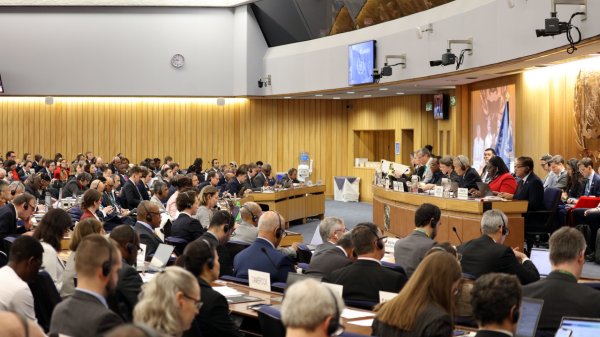
|
IMO approves pricing mechanism based on GHG intensity thresholds
Charges to be levied on ships that do not meet yearly GHG fuel intensity reduction targets. |
|
|
|
||
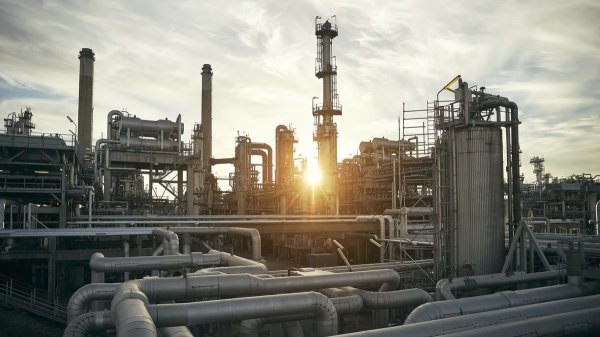
|
VARO Energy expands renewable portfolio with Preem acquisition
All-cash transaction expected to complete in the latter half of 2025. |
|
|
|
||
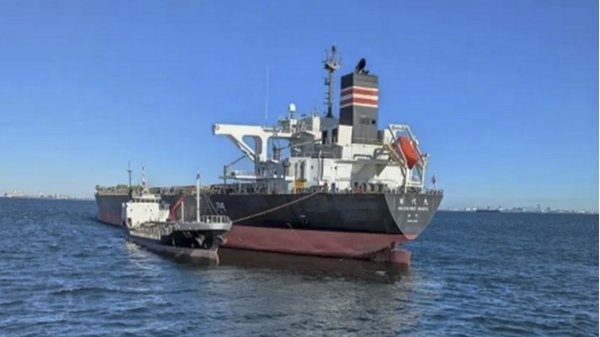
|
NYK trials biofuel in milestone coal carrier test
Vessel is used to test biofuel for domestic utility company. |
|
|
|
||
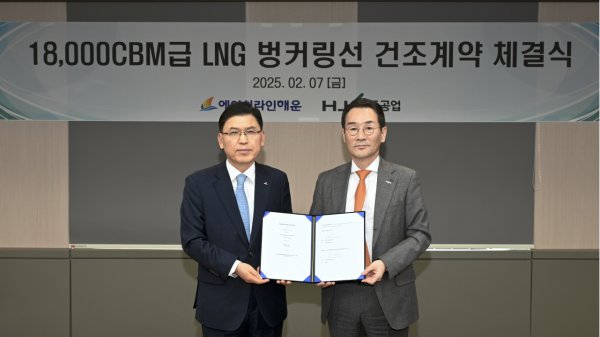
|
H-Line Shipping orders LNG bunkering vessel
Vessel with 18,000-cbm capacity to run on both LNG and MDO. |
|
|
|
||

|
How to engineer and manage green shipping fuels | Stanley George, VPS
Effective management strategies and insights for evolving fuel use. |
|
|
|
||
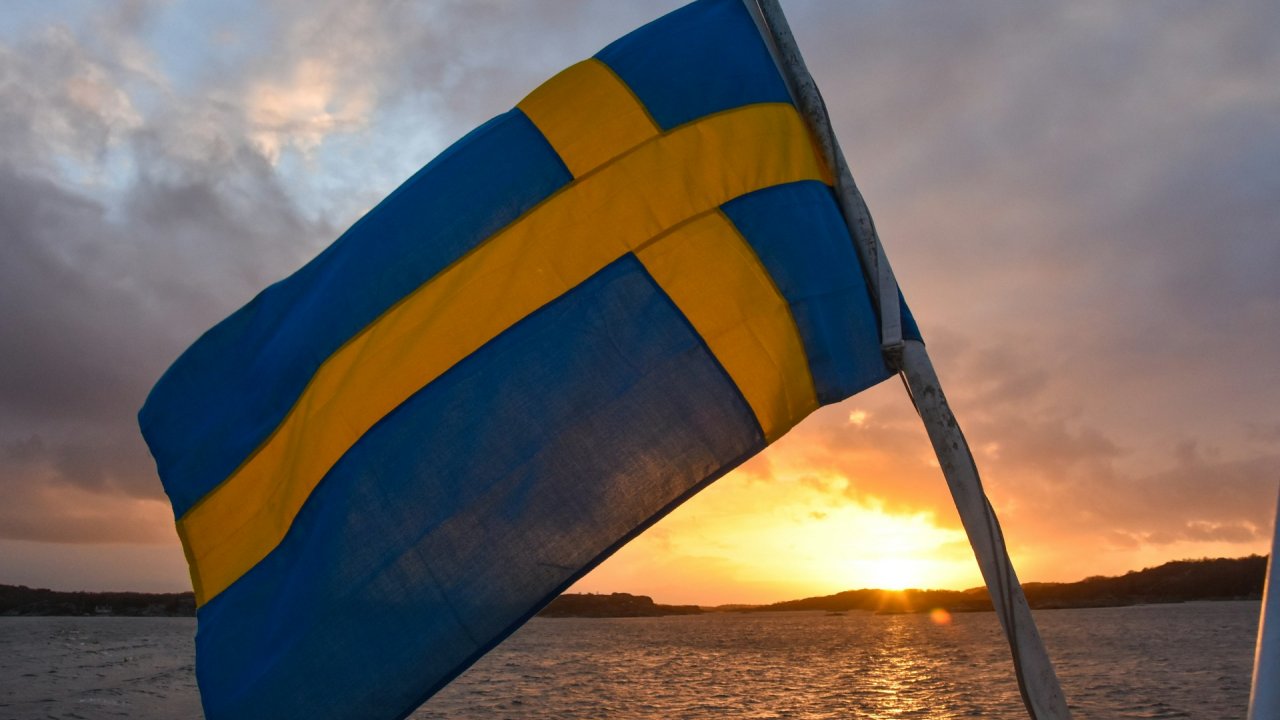
|
Swedish government bans scrubber wastewater discharges
Discharges from open-loop scrubbers to be prohibited in Swedish waters from July 2025. |
|
|
|
||
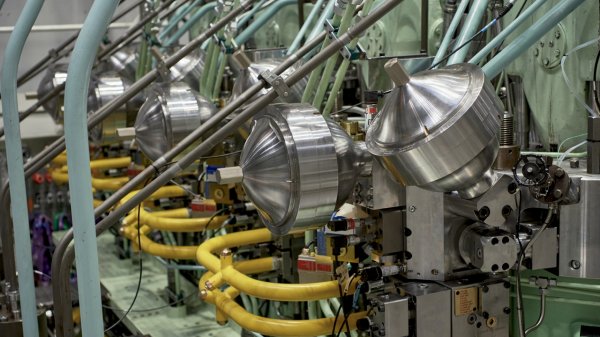
|
MAN Energy Solutions achieves 100% load milestone for ammonia engine
Latest tests validate fuel injection system throughout the entire load curve. |
|
|
|
||
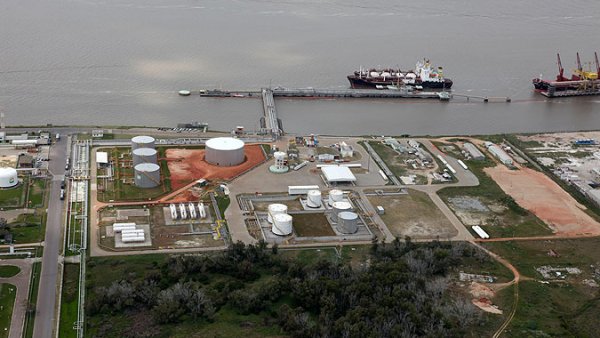
|
Petrobras secures ISCC EU RED certification for B24 biofuel blend at Rio Grande
Blend consisting of 24% FAME is said to have been rigorously tested to meet international standards. |
|
|
|
||
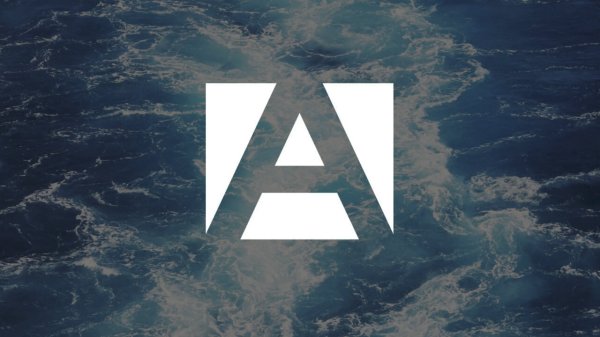
|
Stolt-Nielsen to fully control Avenir LNG with acquisition
Share purchase agreement to buy all shares from Golar LNG and Aequitas. |
|
|
|
||
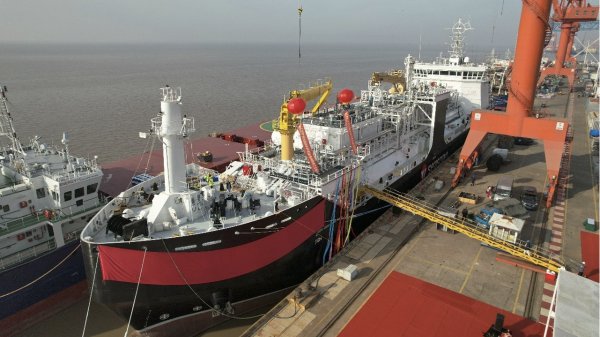
|
Bureau Veritas supports launch of CIMC SOE's LNG bunkering vessel
Handover of Seaspan Energy's cutting-edge 7,600-cbm vessel completed. |
|
|
|
||
Related Links
- · DNVPS launches cat fine screening service [Insights]
- · DNVPS appoints global sales manager [Insights]
- · Fuel quality data service unveiled [Insights]
- · Fuel quality warning in US Gulf [Insights]
- · Singapore [Directory]

